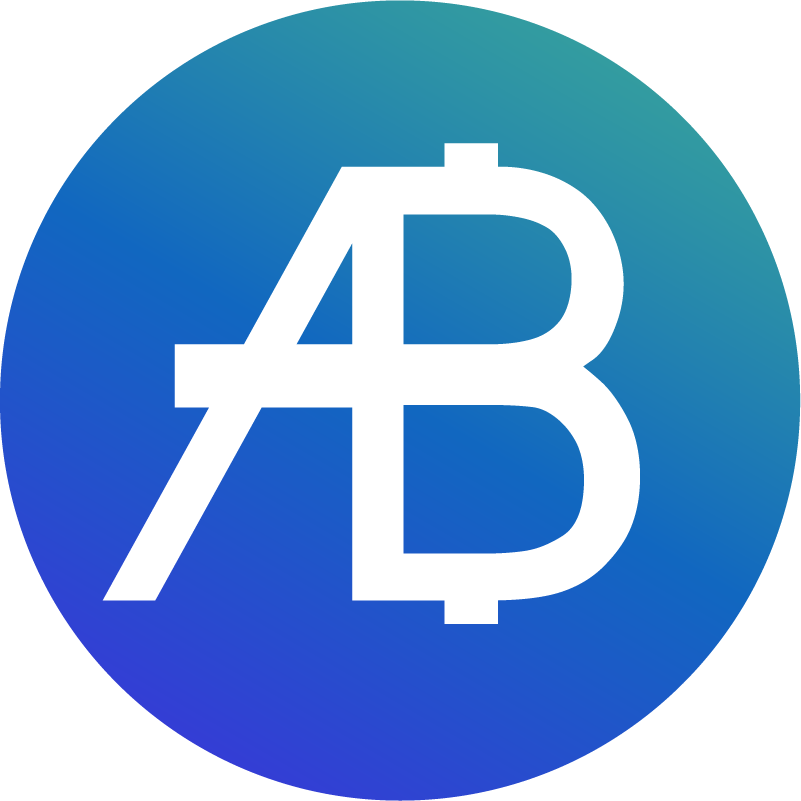What is Solidity in Blockchain

What is Solidity in Blockchain
Solidity has emerged as a pivotal language in the blockchain sphere, transforming the way decentralized applications are developed. Whether you are a novice keen to explore blockchain potentials or an experienced developer passionate about smart contracts, understanding Solidity's nuances can significantly elevate your blockchain journey.
Concept Introduction
Solidity is a high-level programming language primarily used for writing smart contracts on blockchain platforms such as Ethereum. Lauded for its simplicity and efficacy, this language bears syntactic similarities to JavaScript, C++, and Python, thereby making it relatively accessible for programmers familiar with these languages.
These smart contracts enable the creation of decentralized applications (DApps), automated financial contracts, and many more dynamic features on the blockchain. By utilizing Solidity, developers can write applications that run exactly as programmed without any possibility of fraud or third-party interference, providing unprecedented trust and security in transactions.
Historical Background or Origin
Developed by contributors to the Ethereum project, Solidity was proposed by Gavin Wood in 2014. The goal was to simplify smart contract creation by providing developers with an easy-to-use and yet potent tool tailored specifically for Ethereum's blockchain framework.
As Ethereum gained traction, so did Solidity, quickly becoming a popular choice for blockchain developers. Its design was heavily inspired by the need to execute ad-hoc contracts on the Ethereum Virtual Machine (EVM), which had seen limited tools before its inception.
Working Mechanism
When it comes to functionality, Solidity shines with its statically typed nature. This means that Solidity employs strict type checking, where data types must be declared. Adding to this, it supports complex user-defined data structures, enabling intricate contract logic and robust application structures.
Smart contracts developed in Solidity are compiled into bytecode, which the EVM executes. The EVM manages these operations over the decentralized Ethereum network, ensuring that each transaction meets the predefined conditions set out in the contract.
To work efficiently with Solidity, developers often engage with Integrated Development Environments (IDEs) such as Remix or Truffle to develop, test, and debug their contracts. To interact with deployed contracts, they use web3 interfaces, such as Bitget Wallet, which ensures secure transactions on the blockchain.
Benefits or Advantages
-
Automation and Efficiency: Smart contracts automate processes that traditionally required human authentication, reducing human error and operational costs.
-
Security and Transparency: By operating on a decentralized network, smart contracts written in Solidity offer unparalleled transparency and security, mitigating the risk of manipulation.
-
Interoperability: Solidity's compatibility with Ethereum's EVM allows deployed contracts to interact seamlessly with other applications on the same network, enhancing functionality and potential.
-
Community and Resources: Thanks to its widespread adoption, there's a rich body of resources, community support, and active development that offers phenomenal aid in problem-solving and upskilling.
-
Continuous Evolution: The Solidity language undergoes regular updates and improvements driven by community input and Ethereum's own developmental goals, ensuring it remains relevant and effective.
Conclusion or Future Outlook
The advent of Solidity has undeniably accelerated the growth and adoption of Ethereum-based decentralized applications. As blockchain continues to forge its path into mainstream finance, supply chains, governance, and beyond, the demand for Solidity savvy developers is poised to soar.
Whether you aim to revolutionize how businesses operate, create peer-to-peer platforms, or simply explore blockchain's endless potentials, mastering Solidity could be your gateway to a plethora of groundbreaking opportunities. Embrace it, and you could very well be at the forefront of the next technological renaissance.
Related articles
Latest articles
See moreAbout author
I'm Crypto Trailblazer, a bilingual pioneer in the crypto space. I can interpret the ecological changes after Ethereum's merge and the technological breakthroughs of Layer 2 solutions in English, while analyzing the progress of the Russian Central Bank Digital Currency (CBDC) pilot and the collaboration models of St. Petersburg's blockchain community in Russian. Having worked on building a decentralized identity verification system in Moscow and explored the integration path of NFTs and the metaverse in New York, I'll unveil the developmental differences and shared opportunities of blockchain technology in Europe, the US, and Russia from a bilingual perspective.






















